Publications
-
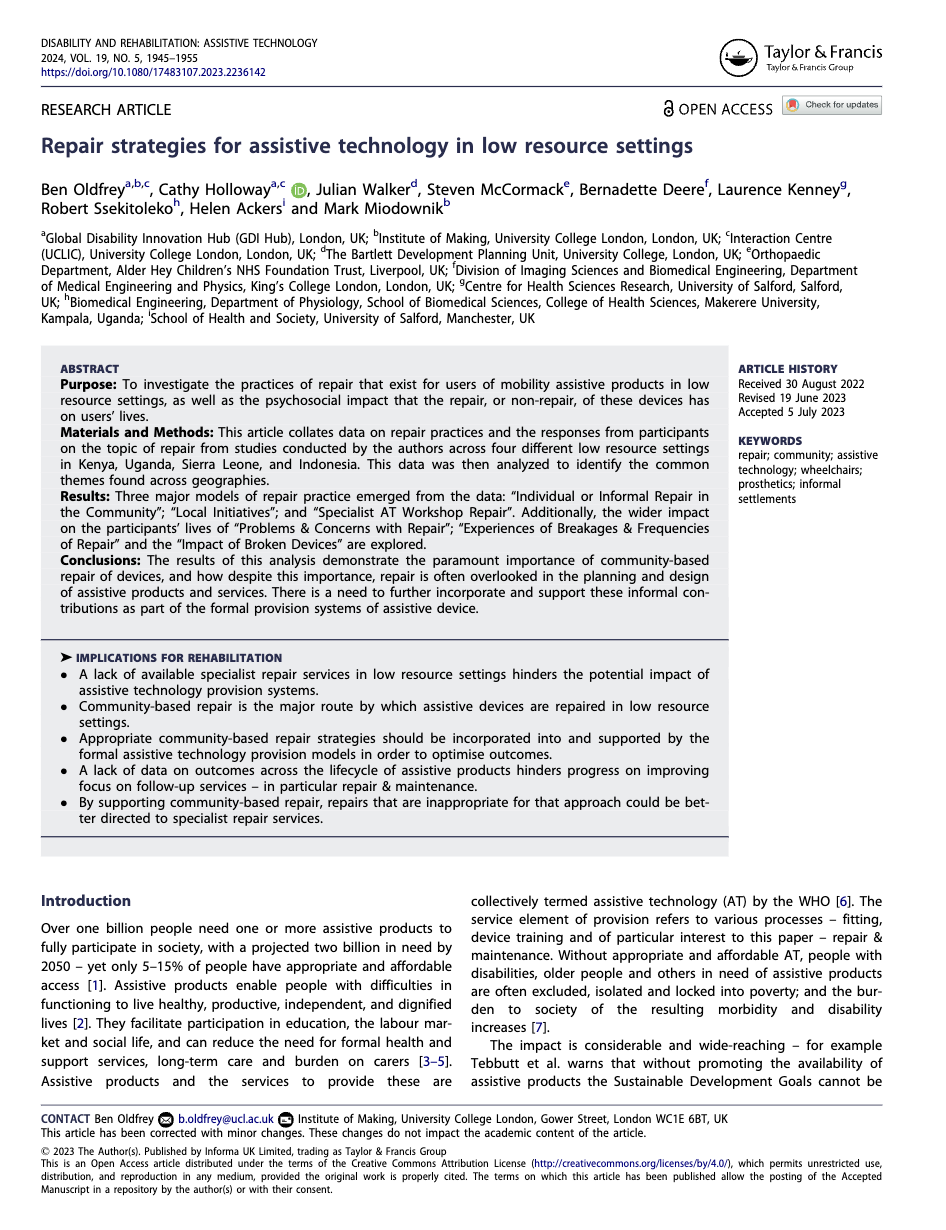
Repair strategies for assistive technology in low resource settings
Dr Ben Oldfrey, Catherine Holloway, Julian Walker, Steven McCormack, Bernadette Deere, Laurence Kenney, Robert Tamale Ssekitoleko, Helen Ackers, Mark MiodownikJuly 25, 2023GlobalAcademic Research PublicationsThis paper focuses on the local repair of assistive products in low resource environments. We review the existing literature on the repair of assistive products in low resource settings, and briefly discuss the “Right to Repair” movement.
-
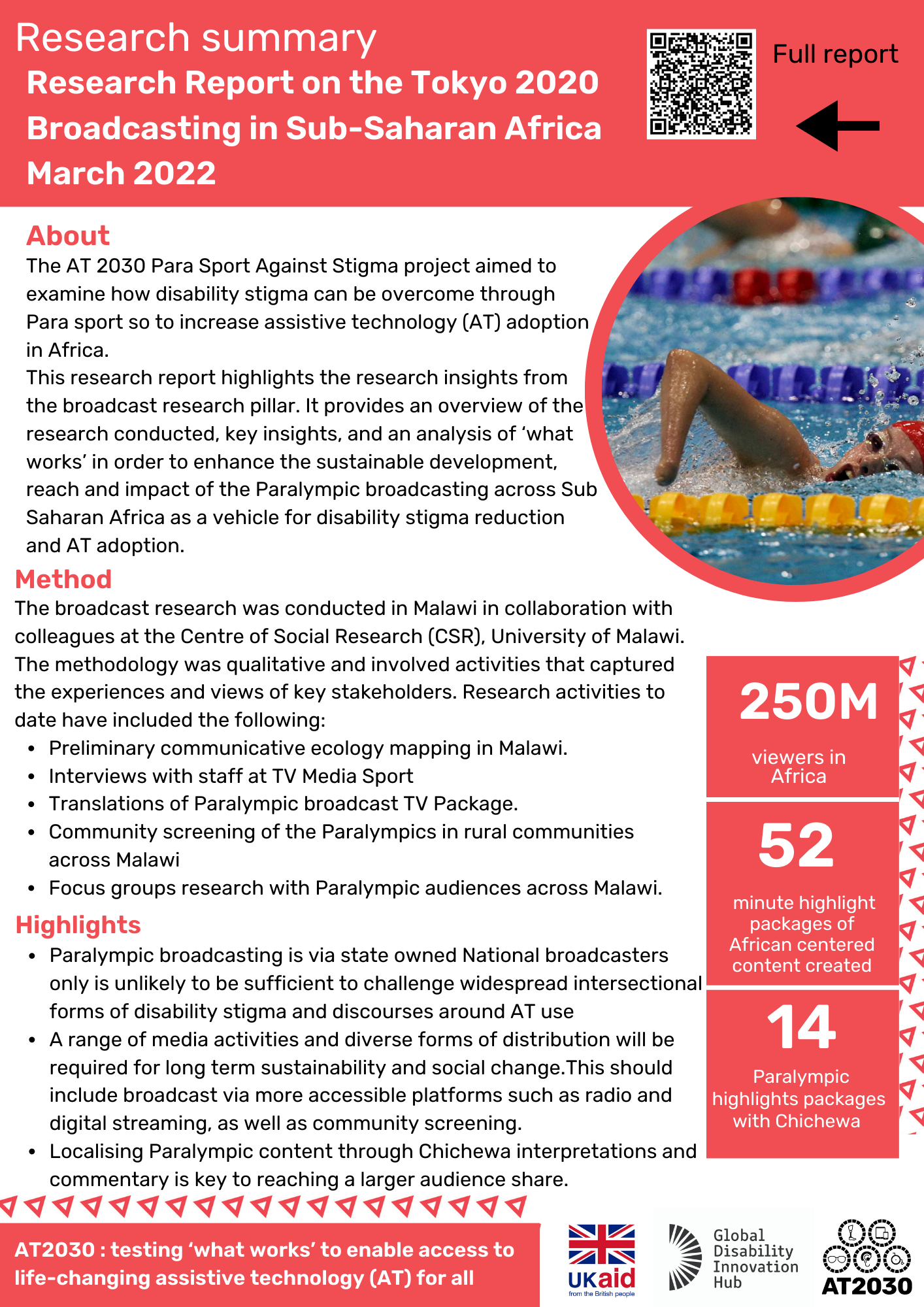
Research Report on the Tokyo 2020 Broadcasting in Sub-Saharan Africa March 2022
Global Disability Innovation Hub, Loughborough University, The International Paralympic Committee (IPC), University of MalawiJuly 19, 2023MalawiResearch SummariesThis research summary provides key highlights and snapshot content from the journal paper, The AT 2030 Para Sport Against Stigma project aimed to examine how disability stigma can be overcome through Para sport so to increase assistive technology (AT) adoption in Africa.
-

What works to improve access to AT
Diane Bell, Catherine Holloway, Vicki Austin, Natasha LaytonJuly 13, 2023GlobalAT2030 ResourcesThe ‘What Works’ Report provides a comprehensive interim snapshot of the AT2030 programme to inform the sector and guide future work. Bringing together the evidence produced by AT2030 over the last 4 years (October 2018 – July 2022) along with the reflections of multiple stakeholders and the AT2030 Advisory Board.
-

Pixelated Interactions: Exploring Pixel Art for Graphical Primitives on a Pin Array Tactile Display
Catherine Holloway, Tigmanshu Bhatnagar, Mark Miodownik, Vikas Upadhyay, Anchal Sharma, PV Madhusudhan Rao, Nicolai MarquardtJuly 10, 2023GlobalAcademic Research PublicationsTwo-dimensional pin array displays enable access to tactile graphics that are important for the education of students with visual impairments. Due to their prohibitive cost and limited access, there is limited research within HCI and the rules to design graphics on these low-resolution tactile displays are unclear. In this paper, eight tactile readers with visual impairments qualitatively evaluate the implementation of Pixel Art to create tactile graphical primitives on a pin array display. Every pin of the pin array is assumed to be a pixel on a pixel grid. Our findings suggest that Pixel Art tactile graphics on a pin array are clear and comprehensible to tactile readers, positively confirming its use to design basic tactile shapes and line segments. The guidelines provide a consistent framework to create tactile media which implies that they can be used to downsize basic shapes for refreshable pin-array displays.
-
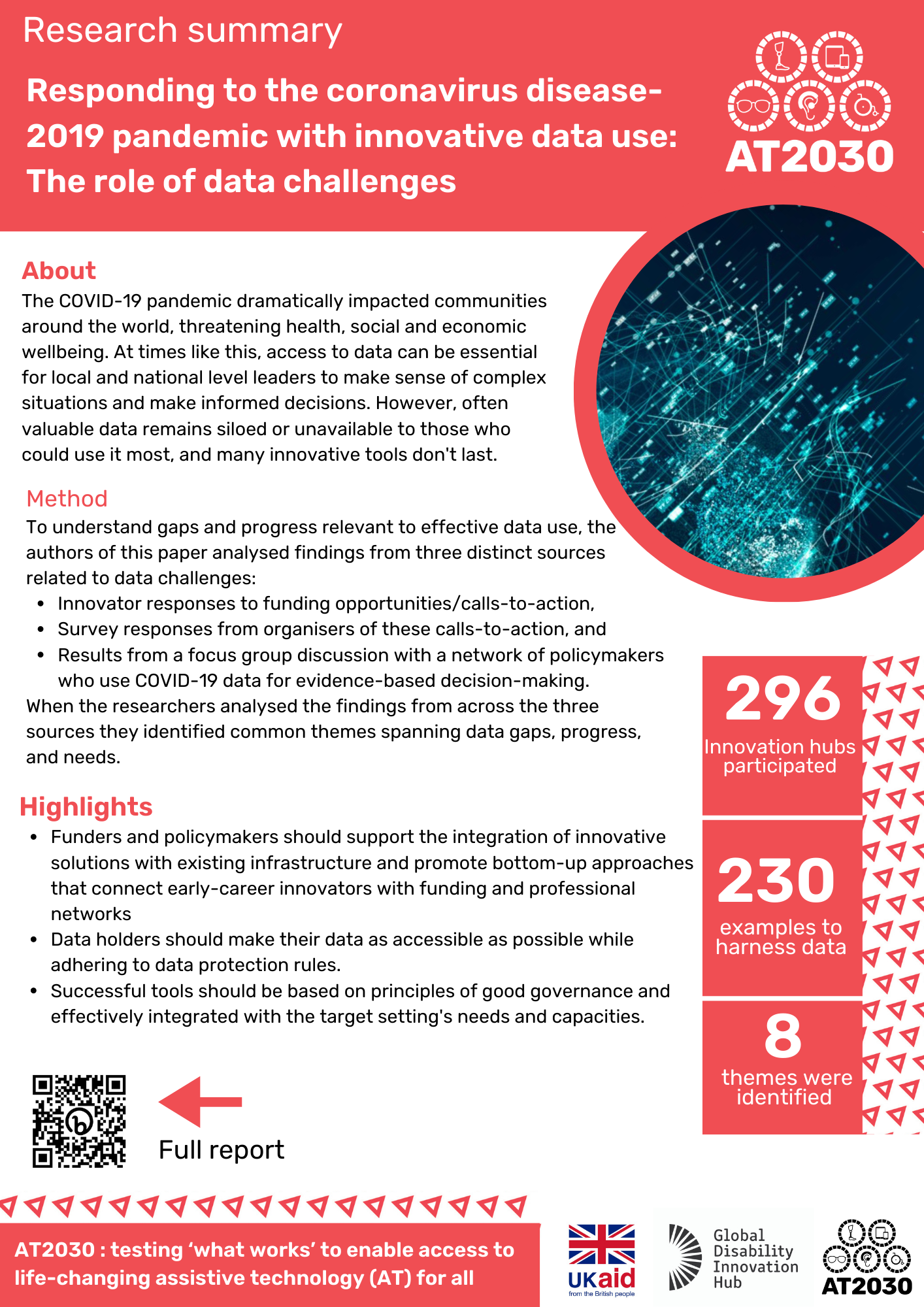
Responding to the coronavirus disease-2019 pandemic with innovative data use: The role of data challenges
Jamie DanemayerJuly 7, 2023Research SummariesThis research summary provides key highlights and snapshot content from the journal paper, responding to the coronavirus disease-2019 pandemic with innovative data use: The role of data challenges.
-
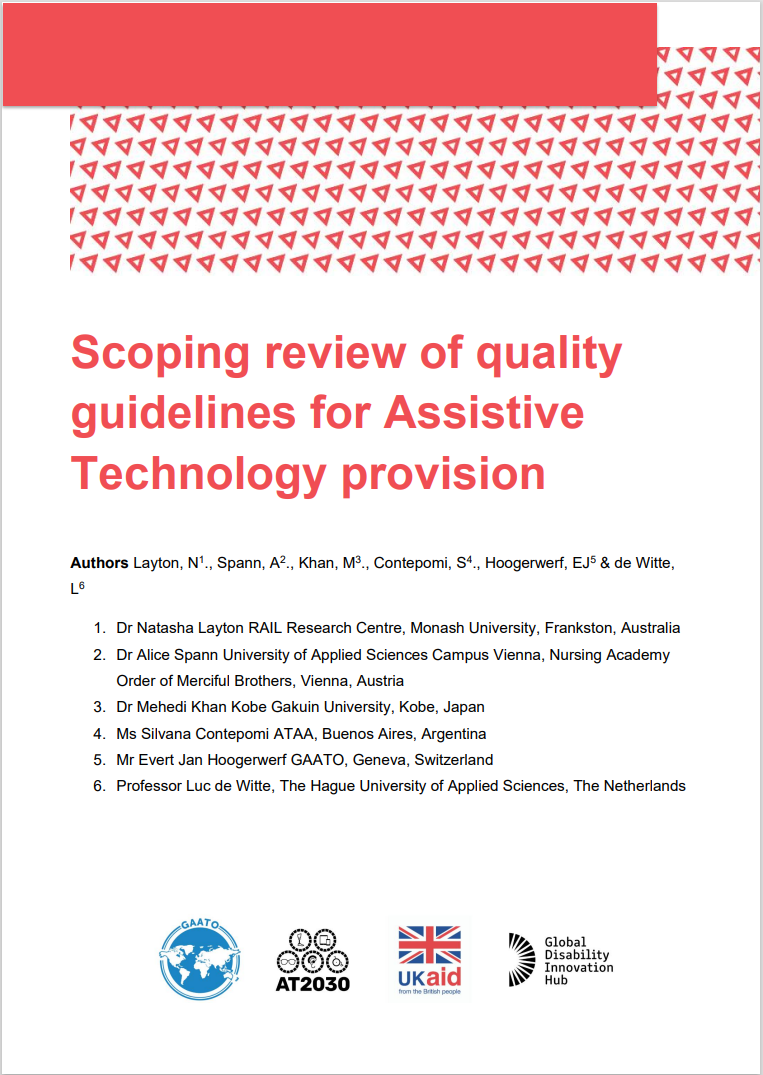
A scoping review of quality guidelines for Assistive Technology provision
Natasha Layton, Luc De Witte, Alice Spann, Evert Jan Hoogerwerf, Silvana Contepomi, Mehedi Khan KobeJuly 5, 2023GlobalAT2030 ResourcesA scoping review of the literature to inform the development of globally useable provision guidance for Assistive Technology. The search strategies yielded 41 publications from diverse countries, and directed at differing assistive products, personnel and provision contexts.
-
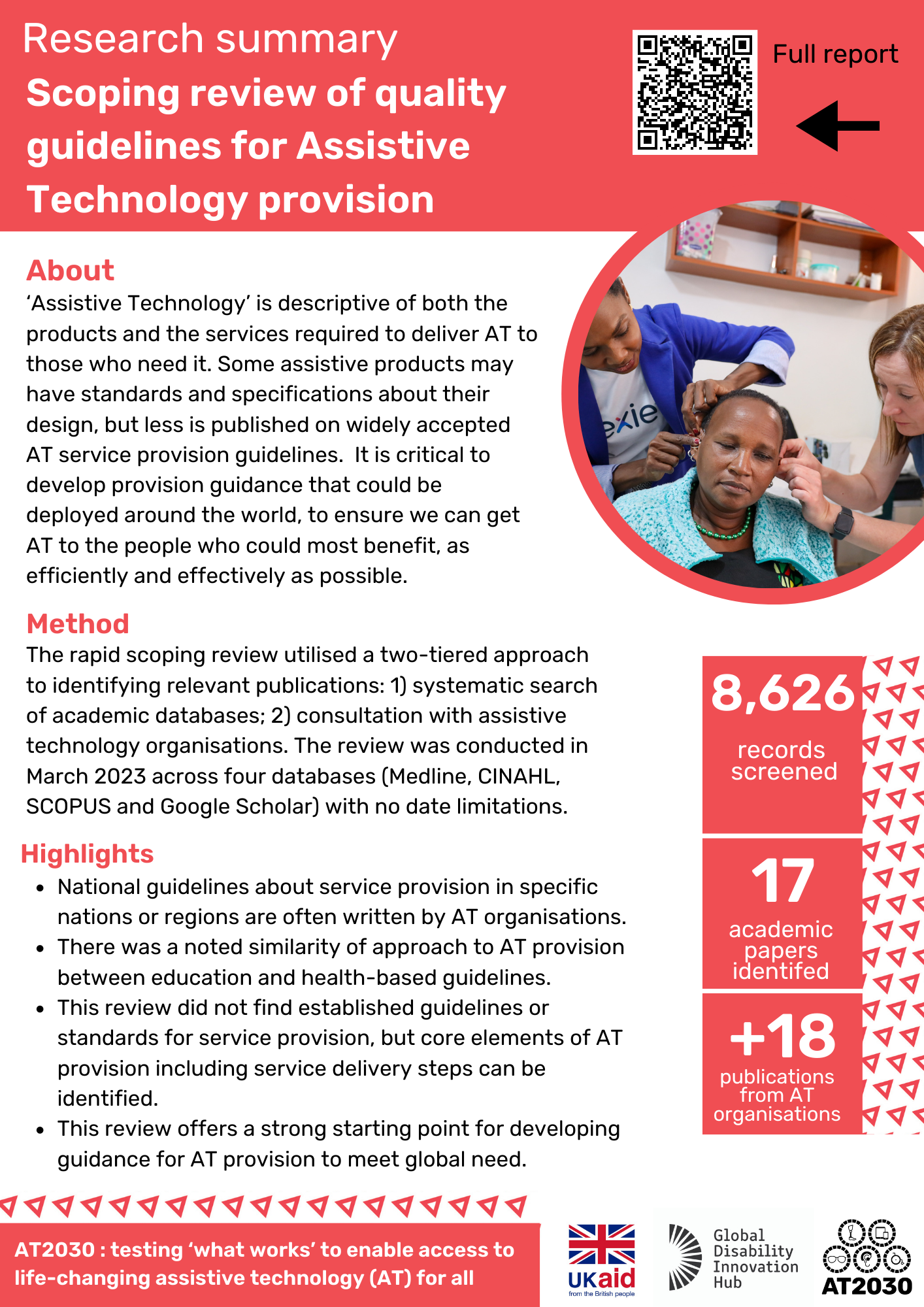
Research Summary: Scoping review of AT guidelines
GAATOJuly 4, 2023Research SummariesA research summary for the scoping review of quality guidelines for Assistive Technology provision.
-

Evidence brief on engaging communities in Para sport in Malawi
Loughborough UniversityJune 30, 2023MalawiCase Studies and ReportsStigma and discrimination are among the most pressing challenges facing persons with disabilities and their families in Malawi. It leads to social exclusion from many areas such as education, employment, and sport. Addressing stigma and other barriers to inclusion must be part of an inter-Ministerial approach to implementing disability policy in Malawi. This report shares findings from a major research study on the potential of Para sport for addressing stigma, and provides a set of recommendations.
-
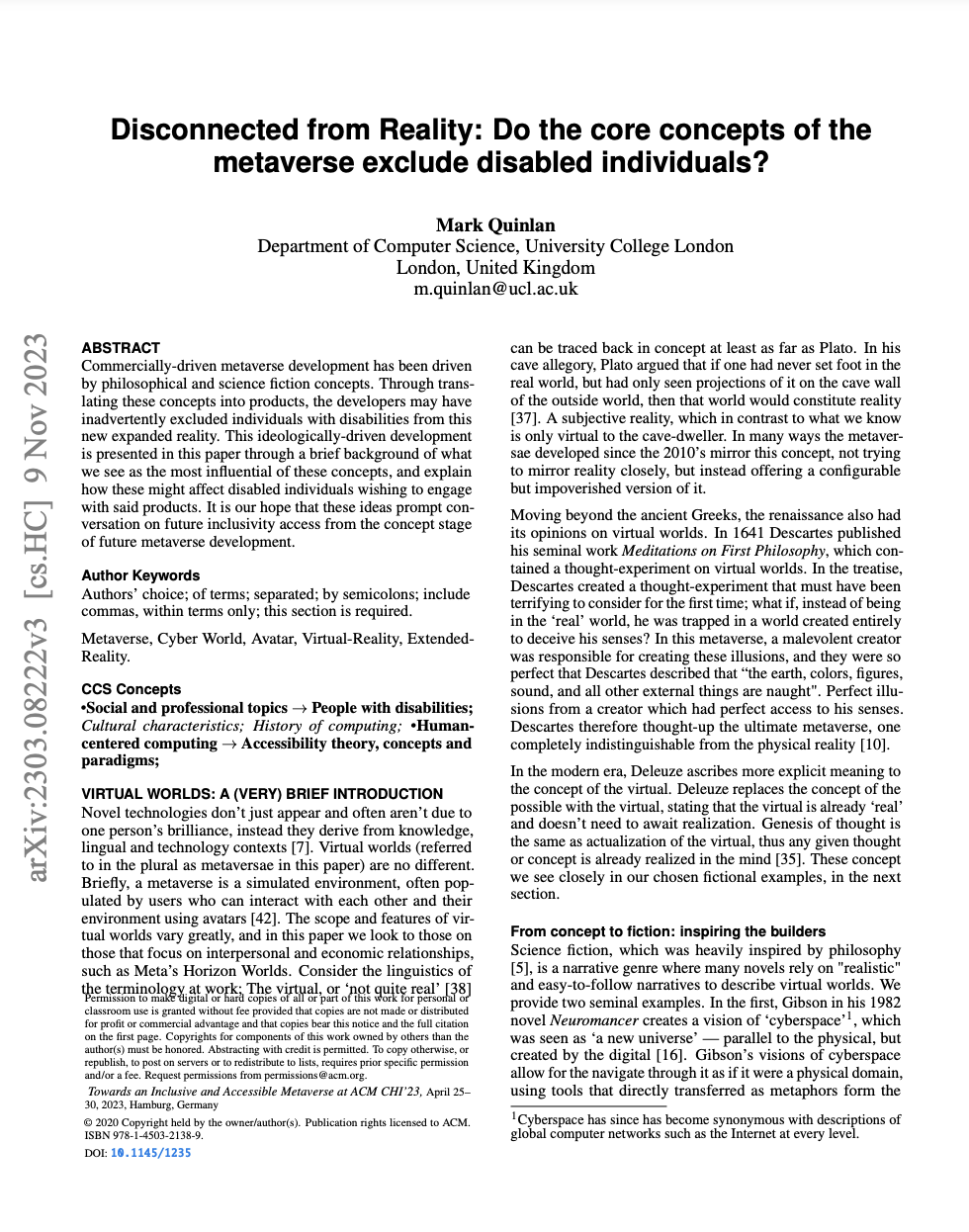
Disconnected from Reality: Do the core concepts of the metaverse exclude disabled individuals?
Mark QuinlanJune 27, 2023GlobalAcademic Research PublicationsA workshop paper presented at ACM CHI 2023, Hamburg, Germany
-

National Clinical Guidelines for Basic Eye Care in Liberia
Ministry of Health, LiberiaJune 16, 2023LiberiaCase Studies and ReportsThe purpose of the National Clinical Guidelines for Eye Care is to set out standards and clinical best practices for the provision of basic eye care and management of various eye conditions by providing first aid, non-surgical or surgical interventions, and assistive devices s for use by health workers working in the community, primary clinics, or secondary health centers. These Guidelines provide technical and clinical guidance under the umbrella of the National Eye Health Policy 2022-2032.
-
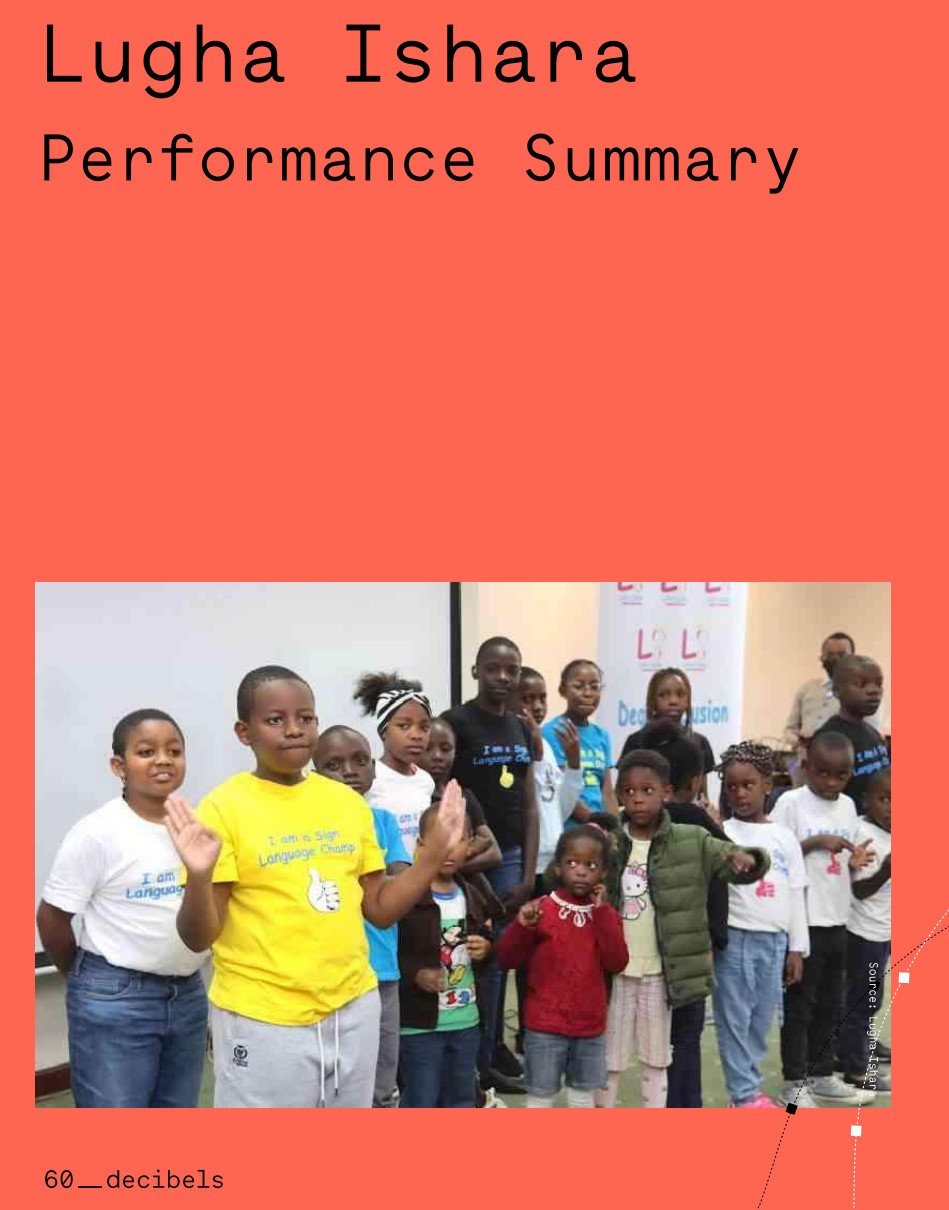
Lugha Ishara Impact Performance Snapshot
Global Disability Innovation Hub, 60DecibelsJune 15, 2023Case Studies and ReportsThis report, developed by 60Decibels and Global Disability Innovation Hub, explores more about the Lugha Ishara customers, their profiles, outcomes and experiences - looking at key performance and impact metrics to discover customer loyalty, feedback and overall impact to lives.
-
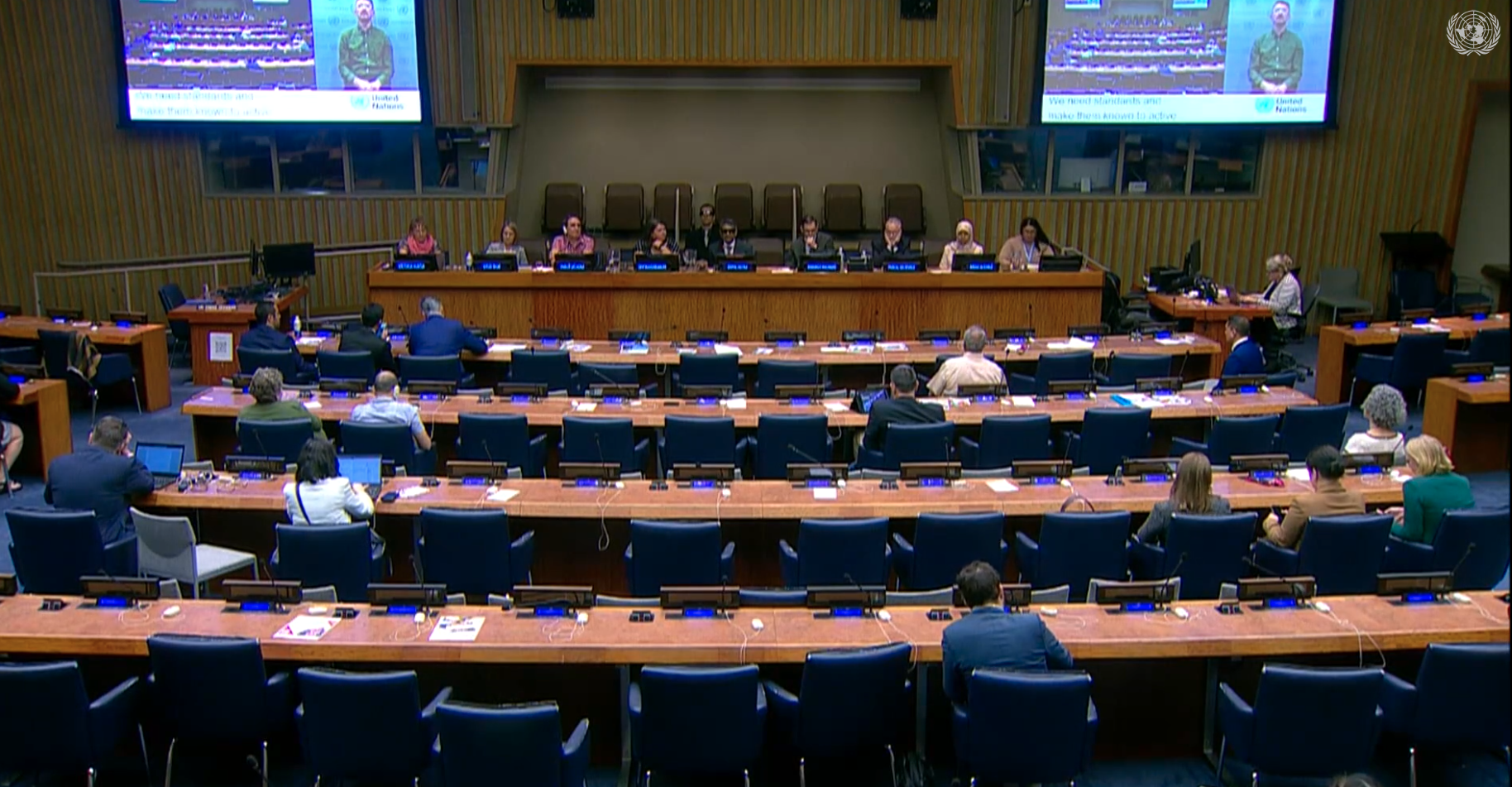
Digital Assistive Technology Challenges and Opportunities: The Potential of Mobile Devices (COSP16 side event recording)
Global Disability Innovation HubJune 14, 2023GlobalAT2030 ResourcesThe objective of the side-event was to reach key stakeholders like policymakers, duty-bearers, rights-holders, and civil society organizations; catalyze actions which improve access to digital assistive technology; and ensure disability policies and strategies adhere to the best practices which states and international organizations have identified.
-
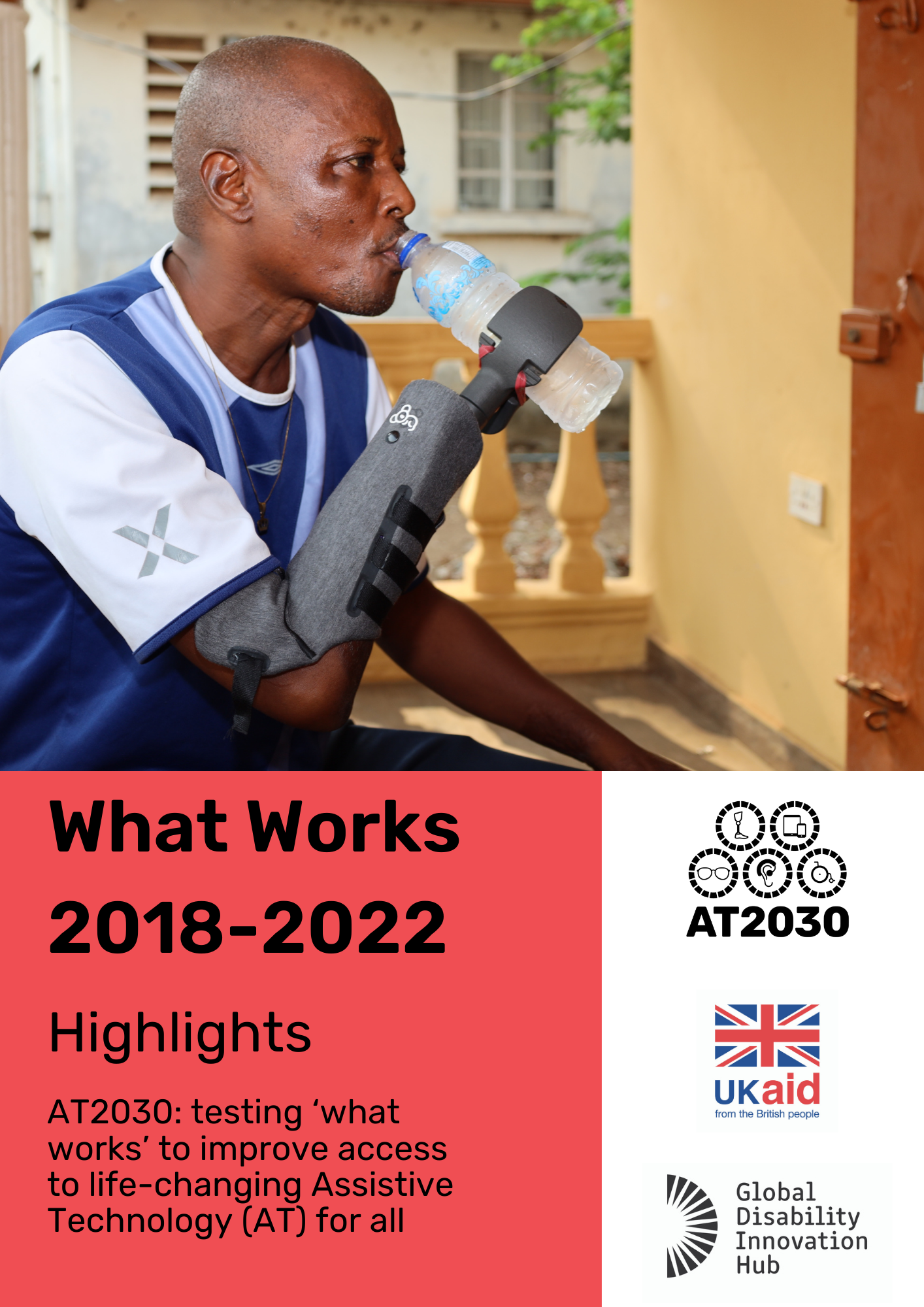
'What Works' highlight report
Global Disability Innovation HubJune 13, 2023GlobalAT2030 ResourcesA key highlights document of 'What Works' to improve access to life-changing Assistive Technology (AT) for all. This report succinctly summarises the past five-years of the AT2030 programme, a £40 million programme funded by UK aid.
-
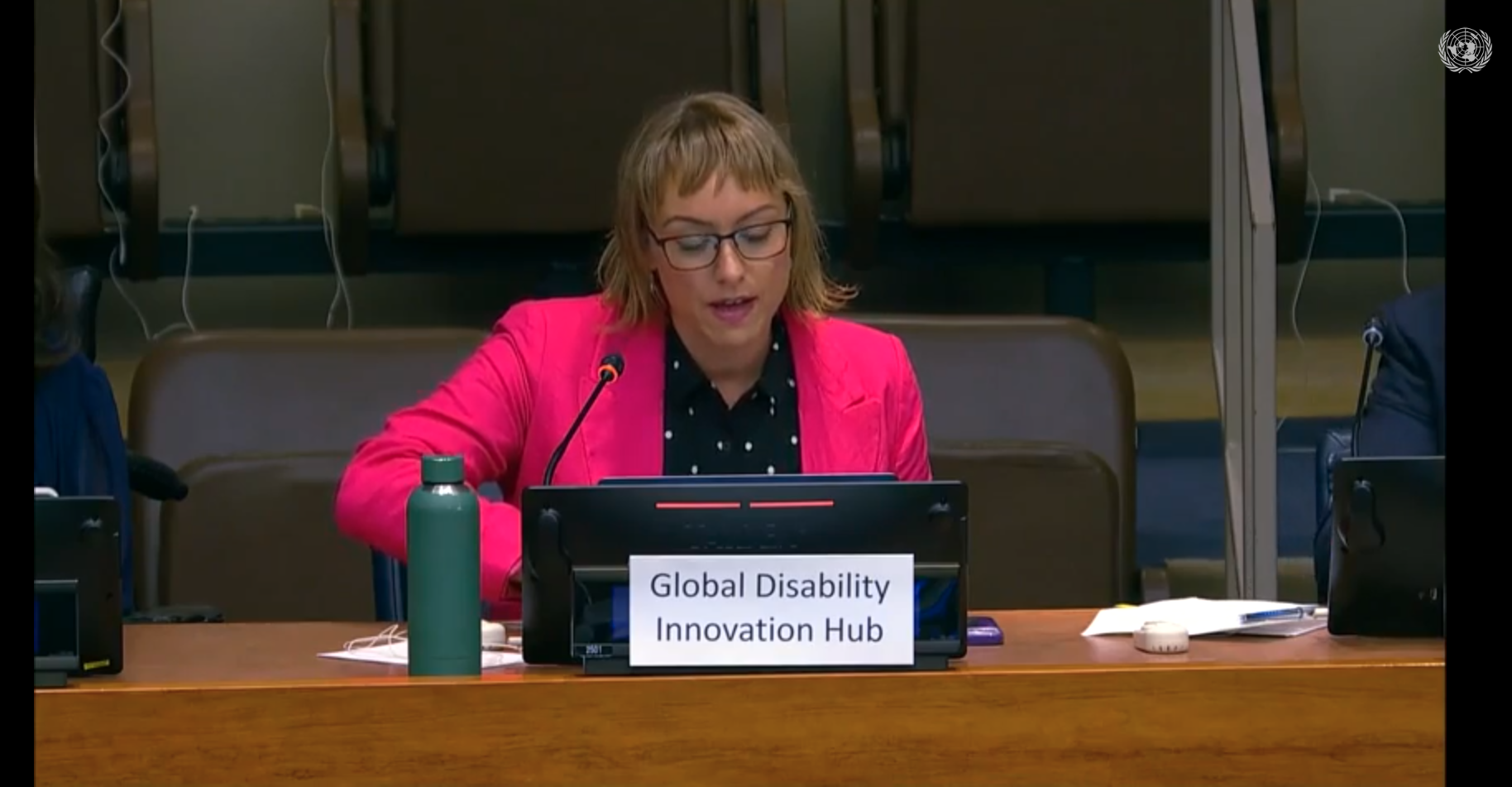
What Works' to improve access to life-changing Assistive Technology (AT) for all (COSP 16 side event recording )
Global Disability Innovation HubJune 13, 2023GlobalAT2030 ResourcesThis side event brought together key stakeholders and experts working across the AT arena, with the aim of enabling researchers, innovators and AT users to experiment with new ideas.
-
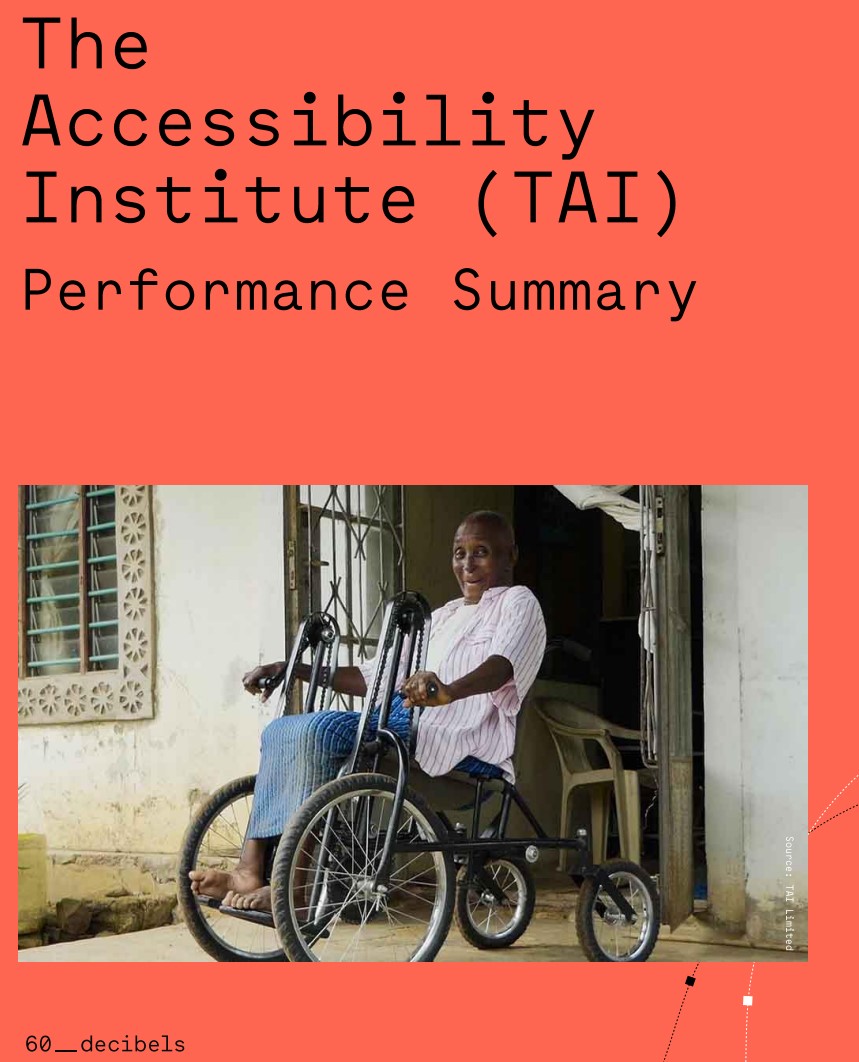
The Accessibility Institute Impact Performance Snapshot
Global Disability Innovation Hub, 60DecibelsJune 12, 2023Case Studies and ReportsThis report, developed by 60Decibels and Global Disability Innovation Hub, explores more about the Accessibility Institute’s customers, their profiles, outcomes and experiences - looking at key performance and impact metrics to discover customer loyalty, feedback and overall impact to lives.
-

Assistive technology in Korea: Findings from the 2017 National Disability Survey
Jamie DanemayerJune 10, 2023KoreaCase Studies and ReportsThis publication explicitly monitoring the need, use and satisfaction of assistive product (AP) provision is essential to support population health and healthy longevity in ageing/aged countries, like Korea. We present findings from the 2017 Korea National Disability Survey (NDS) on AP access and compare them to international averages, introducing Korea’s data into the wider coherence of global AP research.
-

A human rights-based approach to assistive technology provision in global policy
Vicki Austin, Catherine Holloway, Jamie Danemayer, Rainer Kattel, Giulia Barbareschi, Zuleima Dafne Morgado-Ramirez, Oriol Vallès Codina, Nora Colton, Arne Henning EideJune 8, 2023Academic Research PublicationsThis research argues that assistive technology (AT) is a human right essential for the meaningful participation of disabled individuals in society, yet global inequities in access persist. It examines the opportunities and challenges in creating a policy framework to ensure affordable, high-quality AT access. By reviewing healthcare technology access challenges and focusing on the Norwegian AT system, the chapter highlights recent policy advancements and new data collection methods that demonstrate AT's impact. It concludes by discussing how innovation and disability policy can enhance the availability, affordability, and effectiveness of AT, thereby increasing its social and economic benefits.
-
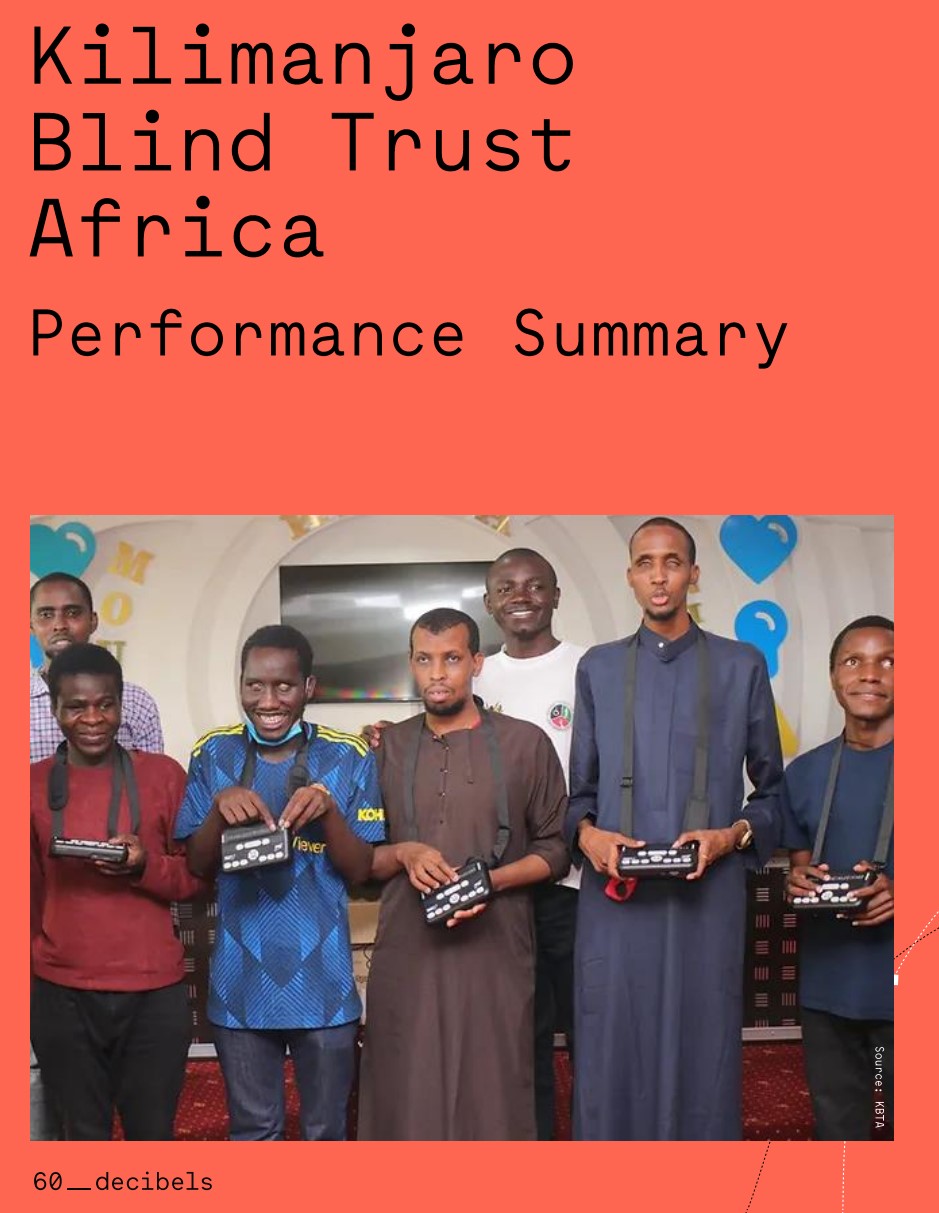
KBT Impact Performance Snapshot
Global Disability Innovation Hub, 60DecibelsJune 8, 2023Case Studies and ReportsThis report, developed by 60Decibels, explores more about Kilimanjario Blind Trust customers, their profiles, outcomes and experiences - looking at key performance and impact metrics to discover customer loyalty, feedback and overall impact to lives.
-
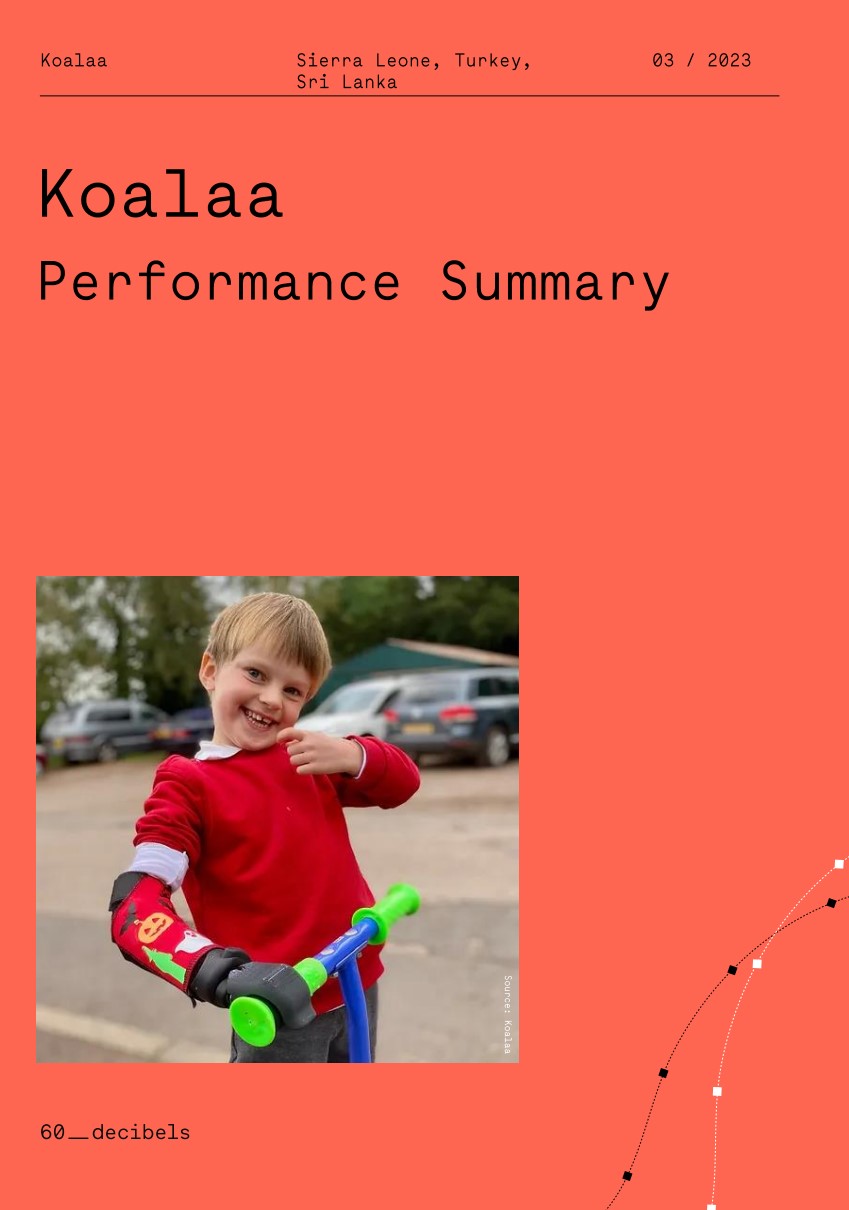
Koalaa Impact Performance Snapshot
60Decibels, Global Disability Innovation HubJune 6, 2023Case Studies and ReportsThis report, developed by 60Decibels, explores more about Koalaa customers, their profiles, outcomes and experiences - looking at key performance and impact metrics to discover customer loyalty, feedback and overall impact to lives.
-
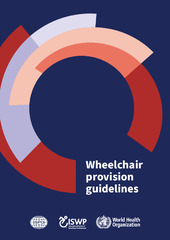
Wheelchair provision guidelines
World Health OrganizationJune 5, 2023GlobalAT2030 ResourcesThese Wheelchair provision guidelines aim to support improved access to appropriate wheelchairs, for all those in need, including children, older persons, people with mobility disabilities, and those with chronic health conditions.
Previous PageNext Page